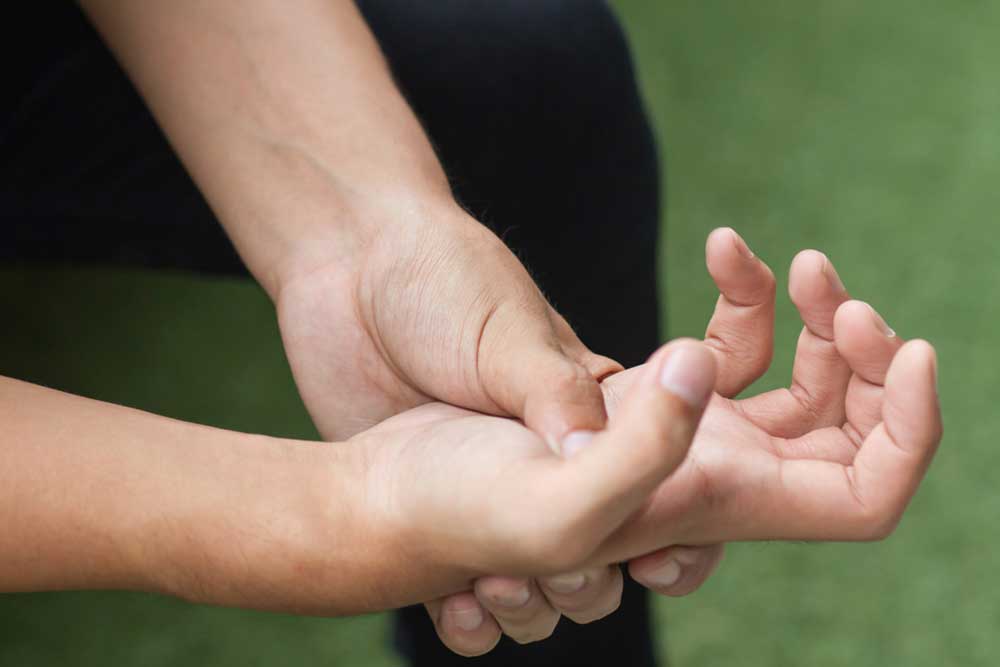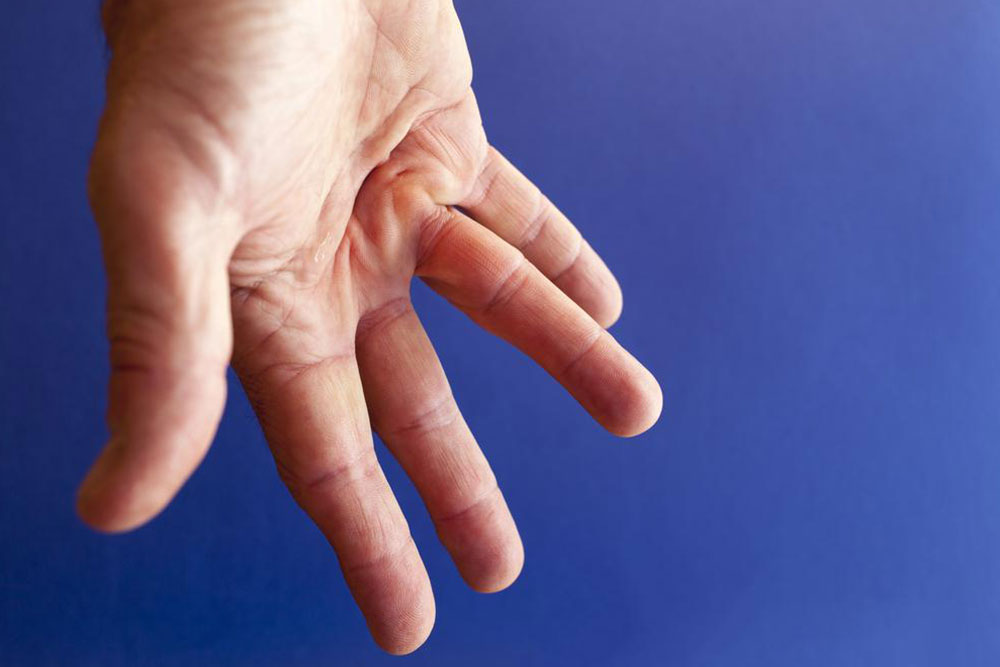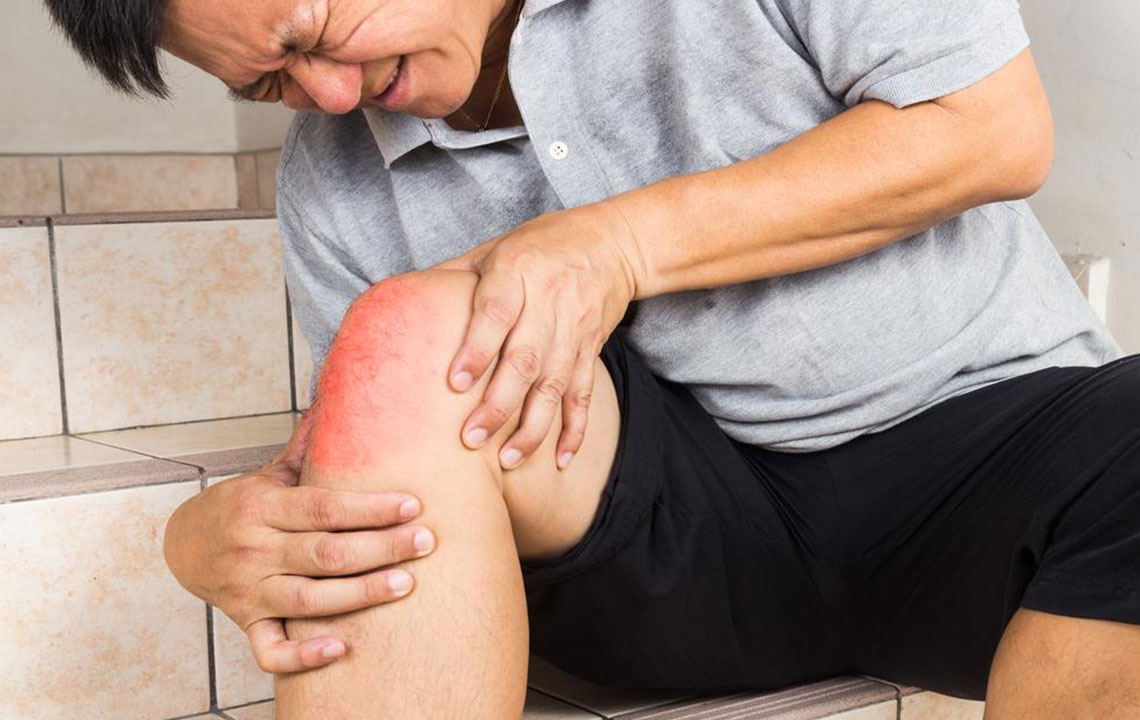Comprehensive Guide to Dupuytren's Disease: Causes, Symptoms, and Modern Treatment Strategies
This comprehensive guide explores Dupuytren's disease, covering its causes, symptoms, risk factors, diagnosis, and various treatment options. It emphasizes early detection and discusses the latest minimally invasive procedures and surgical interventions to restore hand functionality. The article aims to inform patients and healthcare providers about effective management strategies and future research developments, helping improve quality of life for those affected by this progressive hand disorder.

Understanding Dupuytren's Disease: Causes, Symptoms, and Treatment Options
Dupuytren's disease, also known as Dupuytren's contracture, is a progressive condition affecting the connective tissue beneath the skin of your palms and fingers. Primarily impacting older adults, this condition causes the formation of thickened fibrous tissue that gradually tightens over time. As this fibrotic tissue develops, small nodules form beneath the skin, which can extend into cords—string-like structures that pull the fingers into a bent position, especially the ring and little fingers. The resulting contracture hampers fine motor skills and can significantly interfere with daily activities such as gripping, typing, or grasping objects.
The early detection of Dupuytren's disease is crucial for effective management. Initial symptoms often include tender lumps or nodules, dimples on the palm, and slight finger stiffness. As the disease progresses, these nodules can harden into cords that cause the fingers to curl inward, leading to a contracture. This progressive deformity is often painless but can become more disabling over time, especially if left untreated.
Understanding the Causes and Risk Factors
The exact cause of Dupuytren's disease remains elusive, but researchers believe it results from a combination of genetic, environmental, and lifestyle factors. A key aspect of its development involves abnormal proliferation of fibroblasts—cells responsible for producing collagen and other components of connective tissue. This abnormal growth leads to excess collagen accumulation, resulting in the characteristic thickening and tightening of the tissue.
Various risk factors have been identified that increase the likelihood of developing Dupuytren's disease:
Genetic predisposition: The condition is more prevalent among individuals of Northern European or Scandinavian descent, suggesting a hereditary component.
Age: The disease predominantly affects people over 40, with incidence increasing with age.
Male gender: Men are more commonly affected than women, especially those over 50.
Family history: A first-degree relative with Dupuytren's significantly raises risk.
Chronic illnesses: Conditions such as diabetes, seizures, or epilepsy are associated with higher prevalence.
Lifestyle factors: Excessive alcohol consumption, smoking, and manual labor involving repetitive hand use may contribute.
Injuries or previous hand trauma: Hand injuries or surgeries can sometimes trigger or exacerbate the condition.
Diagnosing Dupuytren's Disease
Diagnosis primarily involves a thorough physical examination conducted by a healthcare professional. The clinician assesses for characteristic signs such as thickened skin, palpable nodules, or cords, along with limited finger extension. A simple yet effective test involves observing how the fingers move when trying to fully straighten them on a flat surface—if fingers cannot fully extend, it indicates contracture.
In some cases, imaging techniques such as ultrasound or MRI may be employed to evaluate the extent of tissue involvement, especially prior to surgical intervention. However, because the diagnosis is mainly clinical, it usually does not require complex imaging.
Modern Treatment Options
Currently, there is no definitive cure for Dupuytren's disease; however, several minimally invasive and surgical treatments aim to improve hand function and reduce deformity. The choice of therapy depends on the severity of the contracture, patient health, and preferences.
Non-Surgical Management
For mild cases, conservative approaches can be helpful in slowing the progression and maintaining hand functionality. These include:
Stretching exercises: Regular hand stretching can improve flexibility and delay worsening.
Protective gloves: Wearing gloves during manual work can prevent further injury or irritation to affected tissues.
Splinting: Custom splints may help in maintaining finger extension in early disease stages.
Minimally Invasive Procedures
When the contracture becomes problematic, doctors may recommend less invasive procedures:
Needle Aponeurotomy: Using a fine needle, the surgeon cuts through the cords to allow better finger extension. This technique offers quick recovery but may require repetition if the disease progresses.
Enzyme Injections (Collagenase Clostridium Histolyticum): An enzyme is injected directly into the cords to dissolve the fibrous tissue. This outpatient procedure is effective for some patients and generally has minimal downtime.
Surgical Treatments
In more advanced cases, surgical intervention might be necessary to restore function:
Fasciectomy: Removing the thickened fibrous tissue through a surgical incision allows for maximal correction but involves a longer recovery period.
Dermofasciectomy: Involving removal of skin and tissue, this procedure is reserved for recurring or severe cases to reduce the risk of recurrence.
Post-surgery, hand therapy and physiotherapy are essential to regain strength and flexibility. The goal is to improve mobility, alleviate deformity, and prevent recurrence.
Emerging and Future Therapies
Advancements in understanding the disease mechanisms have spurred research into novel therapies, including gene therapy and biologic agents targeting fibrotic pathways. These innovative treatments aim to offer more effective and less invasive options in the future.
In summary, although Dupuytren's disease can lead to significant hand deformity, early diagnosis and a combination of conservative, minimally invasive, and surgical treatments can significantly improve patient outcomes. Ongoing research continues to enhance the understanding of its causes and improve management options.





